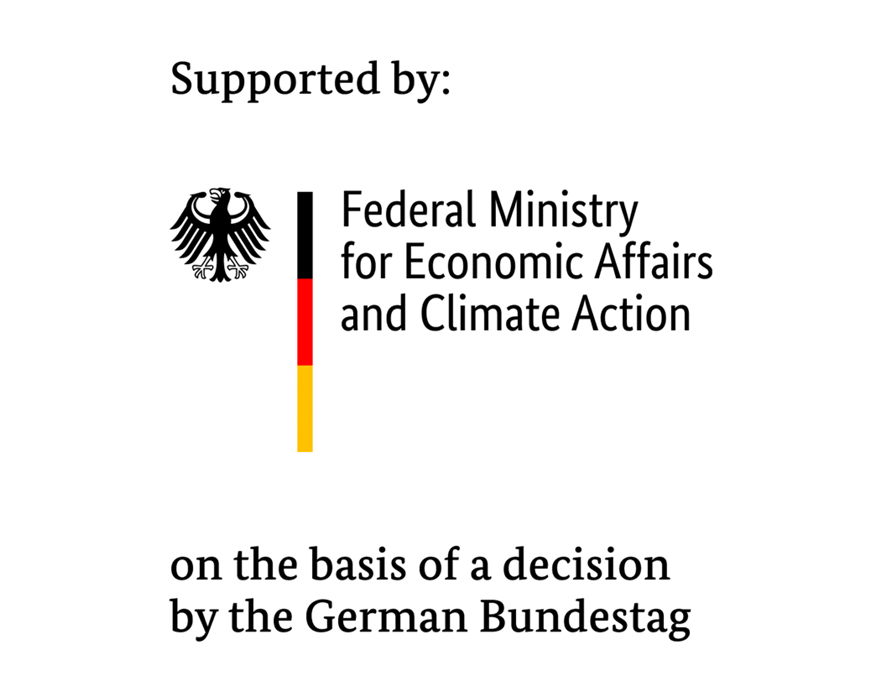| Partner: |
Universität Bremen, Fraunhofer ITWM, Industrie-Arbeitskreis (Bundesamt für Seeschiffhart und Hydrografie (BSH), Geo-Engineering.org GmbH, G-tec S.A., Innogy SE, Seaway Heavy Lifting, Ørsted, Siem Offshore A/S, Vattenfall A/S) |
| Funding: |
German Federal Ministry for Economic Affairs and Energy |
| Duration: |
12/2016 – 05/2020 |
The project seeks to address the challenge of detecting buried objects in sediment from a a survey vessel using geophysical methods. Boulders do not have a strong magnetic signature like unexploded ordnance. Gravimetric and electric methods pose practical challenges in offshore surveys. Hence, the focus is set on acoustic methods of exploration.
There are two branches in the methodologies planned for this project: One of them seeks to extract the presence of boulders from traditional seismic data (diffraction separation). The other one aims at the implementation of a new system of seismic data acquisition designed for the detection of buried objects (beamforming).
Both will be accompanied by theoretical studies and numerical simulation experiments with the purpose of determining the advantages and limitations of seismic surveys as a tool for boulder detection. For instance, what can be said about the size and location of boulders to be detected and how can our inferences be improved. In general, the topic of the interpretation of diffracted events will be addressed.
Existing and newly acquired data will be examined. The new data will be acquired in at least two seismic cruises, both for the beamforming experiments and for new traditional seismic (2D/3D). It is intended to target locations where boulders are known to exist in the surface or in the sediment for the validation of the developed techniques.
